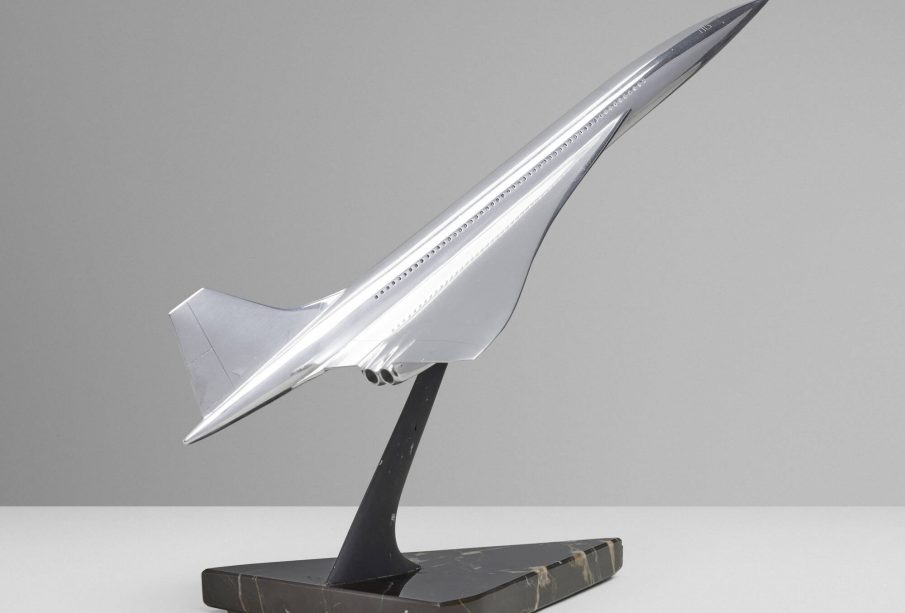The Legacy of Concorde: Revolutionising Air Travel

Introduction
The Concorde, an iconic supersonic passenger airliner, revolutionised air travel with its incredible speed and innovative technology. First introduced in 1969, Concorde not only shrank the world by drastically reducing travel time but also marked a significant achievement in aerospace engineering. Its importance in aviation history is underscored by its blend of luxury, speed, and the engineering marvel that it represented. Even years after its retirement in 2003, the legacy and fascination surrounding Concorde continue to resonate with aviation enthusiasts and the general public alike.
Key Features and Achievements
Concorde was a joint venture between British Aircraft Corporation and Aerospatiale. With a cruise speed of over twice the speed of sound (Mach 2.04), it could fly from London to New York in less than four hours, a journey that typically took about eight hours on conventional aircraft. This exceptional performance was achieved through its distinctive aerodynamic design and powerful engines, which allowed it to climb faster and higher than its subsonic counterparts. Concorde’s delta wing design also contributed significantly to its aerodynamics and stability at high velocities.
Operational History and Challenges
During its commercial operation from 1976 to 2003, Concorde flew for British Airways and Air France, primarily catering to business travellers and wealthy clients. Although her tickets were significantly more expensive than those of conventional jets, the allure of supersonic travel and luxury service justified the premium for many passengers. However, Concorde’s operational history was not without challenges. The aircraft faced concerns regarding noise pollution, environmental impact, and safety, particularly following the tragic Air France Flight 4590 accident in 2000, where a Concorde crashed shortly after take-off, resulting in the loss of 113 lives.
Conclusion: The Enduring Legacy of Concorde
Despite its retirement in 2003 and the factors that contributed to its decline, Concorde remains a symbol of innovation and ambition in the aerospace industry. Its design and achievements have inspired a new generation of engineers and aircraft designers. As the aviation industry turns towards sustainable travel, the speed and luxury embodied by Concorde remain unattainable in today’s world of eco-conscious travel. The discussions surrounding the potential for a return to supersonic travel, possibly with new technology that addresses environmental concerns, keep the spirit of Concorde alive as the dream of flying faster than sound continues to captivate imaginations.








